Uncategorized
-
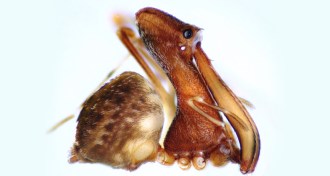 Animals
Animals18 new species of pelican spiders discovered
A researcher used old and new specimens to discover 18 species of pelican spiders from Madagascar.
By Dan Garisto -
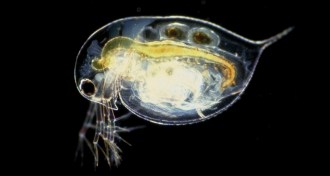 Climate
ClimateRising CO2 in lakes could keep water fleas from raising their spiky defenses
Rising CO2 in freshwaters may change how predators and prey interact in lakes.
-
 Health & Medicine
Health & MedicineNot all strep infections are alike and it may have nothing to do with you
Add-on genes in some bacteria shape the way strains interact with the immune system.
-
 Planetary Science
Planetary ScienceShallow ice sheets discovered on Mars could aid future astronauts
Exposed water ice on steep Martian slopes suggest there’s a lot within a meter or two of the surface.
-
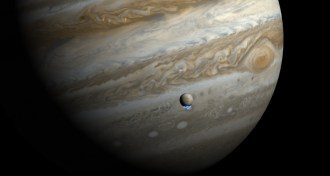 Planetary Science
Planetary ScienceHubble telescope ramps up search for Europa’s watery plumes
Astronomers are redoubling their efforts to confirm that the icy moon Europa spews water from its south pole.
-
 Neuroscience
NeuroscienceProtein helps old blood age the brains of young mice
Increased levels of one protein in old blood may contribute to its aging effects on the brain, a mouse study suggests.
-
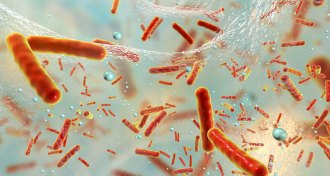 Microbes
MicrobesA new gel could help in the fight against deadly, drug-resistant superbugs
An antibacterial ointment breaks down the defenses of drug-resistant microbes such as MRSA in lab tests.
-
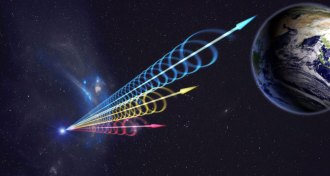 Astronomy
AstronomyFast radio bursts may be from a neutron star orbiting a black hole
A repeating fast radio burst has twisted waves, suggesting its home has an unusually strong magnetic field.
-
 Life
LifeReaders wrangle with definition of ‘species’
Readers asked about the definition of "species," a new atomic clock and how a neutron star collision produces heavy elements.
-
 Science & Society
Science & SocietyWe’ll be watching the skies, plus a lot more, this year
Acting Editor in Chief Elizabeth Quill predicts 2018 could be a year full of important space discoveries.
-
 Planetary Science
Planetary ScienceHow to keep humans from ruining the search for life on Mars
As the race to put humans on Mars heats up, researchers worry they are running out of time to find life on the Red planet.
-
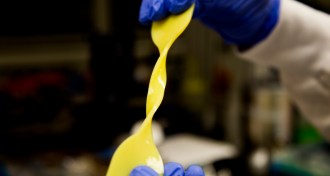 Materials Science
Materials ScienceThis artificial cartilage gets its strength from the stuff in bulletproof vests
One of the key ingredients in this artificial cartilage is a nanoversion of the synthetic fiber in body armor.